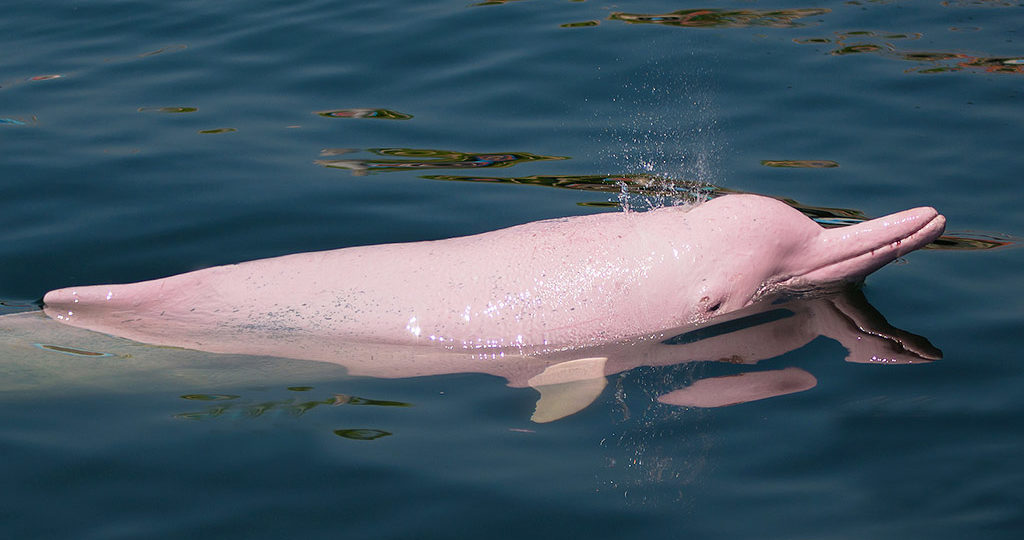Global wildlife populations have declined 69% since 1970, World Wide Fund report finds
The world’s wildlife populations descended by an average of 69% between 1970 and 2018, a alarming drop resulting from climate change and other human activity, the World Wide Fund for Nature (WWF) warned in a report Thursday.
WWF tracked global changes in the abundance of wildlife across land, air and water of nearly 32,000 populations of 5,230 vertebrate species between 1970 and 2018. It used a dataset known as the Living Planet Index (LPI), which it has collated with the Zoological Society of London (ZSL) since 1998 and updates every two years.
Written by 89 authors, the report highlights the planet’s “double emergency” of climate and loss of biodiversity, the driving forces emerging from the deterioration of land and sea systems, overexploitation of animals and plants, and climate change.
Latin America and the Caribbean present the greatest regional drop in average population at 94%, with the report warning that the Amazon rainforest is nearing the point of being nonfunctional.
Andrew Terry, director of conservation, said in a statement that the index “highlights how we have cut away the very foundation of life, preventing further biodiversity loss and restoring vital ecosystems has to be at the top of global agendas to tackle the mounting climate, environmental and public health crises.”
Currently, 1 million plants and animals are facing extinction, with 1%-2.5% of mammals, birds, reptiles, fish and amphibians having already gone extinct, the WWF reported.
But the numbers don’t mean that 69% of animals have been wiped off the planet since 1970.
Director General of WWF Marco Lambertini: “Normally, when people think of endangered wild-life, it’s all the iconic animals such as elephants, tigers and pandas,”
“Funnily enough, some of these animals have started to bounce back. Tigers are almost double their number and pandas have gone up about 20%.”
Lesser-known animals are often the ones in decline. The Amazon pink river dolphin in the in the Brazilian state of Amazonas, for example, saw a population decline of 65% between 1994 and 2016, the report found. The eastern lowland gorilla population in the Democratic Republic of Congo’s Kahuzi-Biega National Park fell by 80% between 1994 and 2019.


